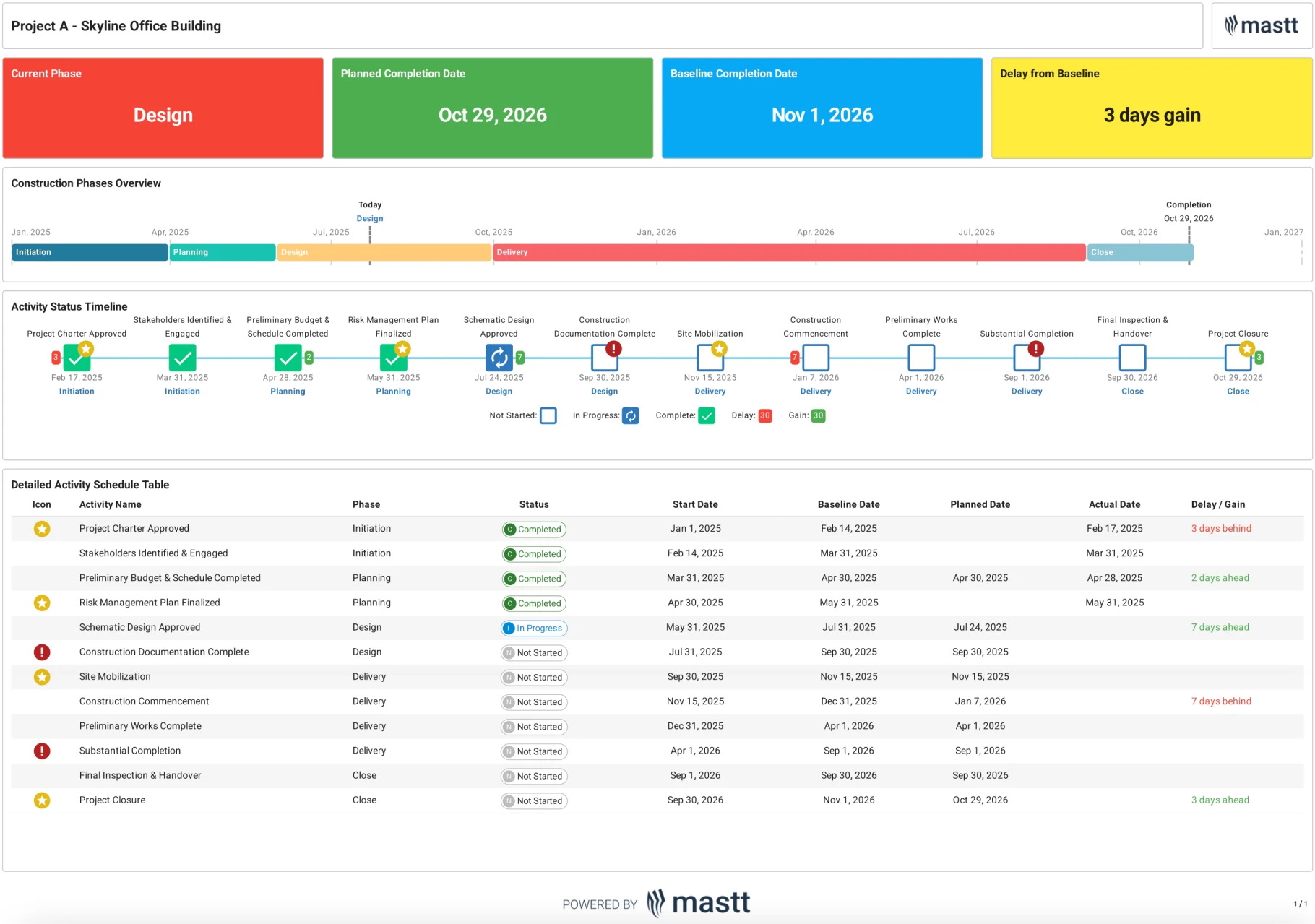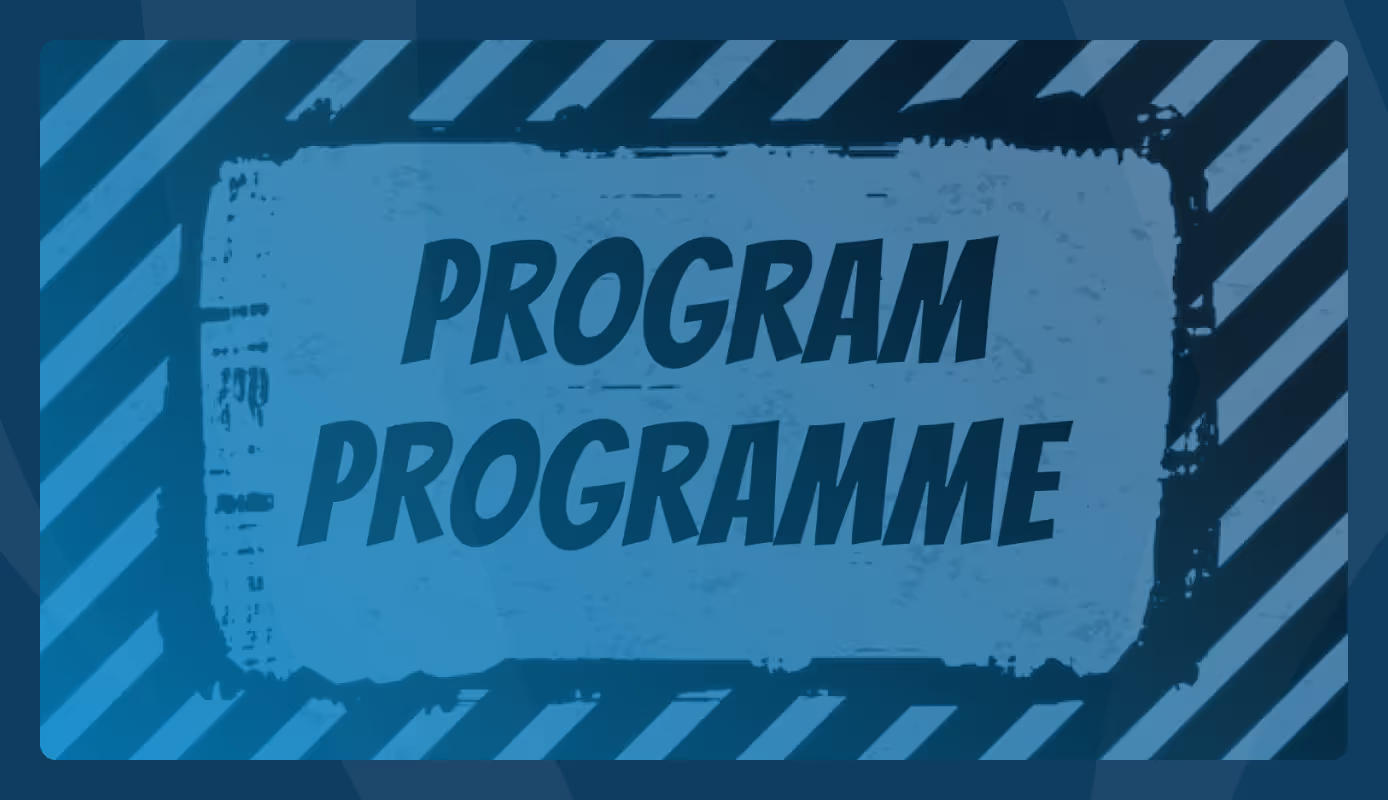When faced with tight deadlines, unexpected delays, or ambitious stakeholders, construction project managers often need to accelerate their project schedules. In these cases, two key schedule compression techniques stand out: Fast Tracking and Crashing. Understanding the distinctions between these methods is essential to making informed decisions that minimize risk and optimize outcomes. This guide will break down Fast Tracking vs Crashing to help you with project scheduling.
What is Fast Tracking?
Fast tracking is a project management technique that involves overlapping tasks that are typically performed sequentially. By allowing activities to run concurrently, fast tracking shortens the project schedule without altering the scope. This method can save time but comes with increased risks of conflicts or errors due to tasks being performed simultaneously.
When to Use Fast Tracking
- Time Constraints: If deadlines are pressing, fast tracking can be used to speed up the project schedule.
- Low Complexity Tasks: Ideal when tasks have minimal dependencies or when overlaps won’t cause significant issues.
- No Changes to Project Scope: Useful if modifying the project scope is not an option due to contractual or strategic reasons.
What is Project Crashing?
Project Crashing is a technique where additional resources are applied to critical tasks to reduce their duration. Crashing usually results in higher project costs due to the need for more labor, equipment, or overtime pay. Unlike fast tracking, which focuses on task overlap, crashing involves adding resources to speed up completion.
When to Use Project Crashing
- Tight Deadlines with a Flexible Budget: Crashing is a suitable option when the deadline is non-negotiable, and you have some budget flexibility.
- Critical Path Tasks: Effective for shortening tasks on the critical path, which are essential to the overall project schedule.
- Manageable Risk and Cost Increases: Best used when additional costs are within budget and risks are controlled.
Key Differences Between Fast Tracking and Crashing
- Time Reduction Approach
- Fast tracking achieves time savings by overlapping tasks.
- Crashing reduces the duration of critical tasks by allocating additional resources.
- Impact on Costs
- Fast tracking generally involves minimal to no additional costs.
- Crashing incurs higher costs due to additional resources and potential overtime expenses.
- Risks and Complexity
- Fast tracking increases risks by overlapping activities, potentially leading to quality issues.
- Crashing mainly adds complexity in managing extra resources but has a more predictable impact on costs.

Choosing Between Fast Tracking and Crashing
Choosing between Fast Tracking vs Crashing depends on your project’s constraints and priorities. Fast tracking is more suitable when your budget is limited, but risks are acceptable. Crashing, on the other hand, is ideal when time is critical, and you have the financial flexibility to add resources.
Tips for Effective Schedule Compression
- Analyze the Critical Path: Identify critical activities that directly impact the project completion date.
- Evaluate Risks: Understand the risk implications of overlapping tasks versus adding resources.
- Communicate Effectively: Engage with stakeholders early to manage expectations and changes in project timelines.
When Should You Use Fast Tracking Over Crashing?
Fast tracking is preferable when you’re dealing with less complex projects and can identify tasks with minimal dependencies. It’s also ideal when budgets are tight, but you still need to save time. Crashing, on the other hand, is more suitable for projects with a flexible budget and when you need to quickly reduce the duration of tasks on the critical path.
What are the Benefits of Fast Tracking Project Management?
- Time Savings: Speeds up the project timeline without changing the project scope.
- Cost Control: Typically incurs lower costs compared to crashing.
- Efficiency Boost: By efficiently managing overlaps, you can maintain project momentum.
Downsides of Fast Tracking and Crashing Projects
While both methods can compress a project schedule, each has its downsides:
- Fast Tracking Risks: Increased risk of errors and quality issues due to overlapping tasks.
- Crashing Costs: Higher costs due to additional labor, equipment, or overtime expenses.
- Increased Complexity: Both methods can lead to increased complexity and the need for tighter control and communication.
How to Fast Track or Crash a Project Schedule
- Identify Critical Activities: Start with an analysis of your project’s critical path.
- Evaluate Risks and Costs: Weigh the risks of overlapping tasks against the cost of adding resources.
- Adjust the Project Plan: Update the project plan to reflect changes in resource allocation, schedules, and overlaps.
- Communicate Changes: Keep all stakeholders informed of adjustments to avoid miscommunications and manage expectations.
Final Thoughts
Effectively choosing between Fast Tracking vs Crashing requires a clear understanding of your project’s timeline, budget, and risk tolerance. While both techniques aim to compress the schedule, they do so in different ways, each with its unique benefits and challenges. By weighing your options carefully, you can select the most appropriate method to keep your project on track without compromising on quality or costs.






.avif)







